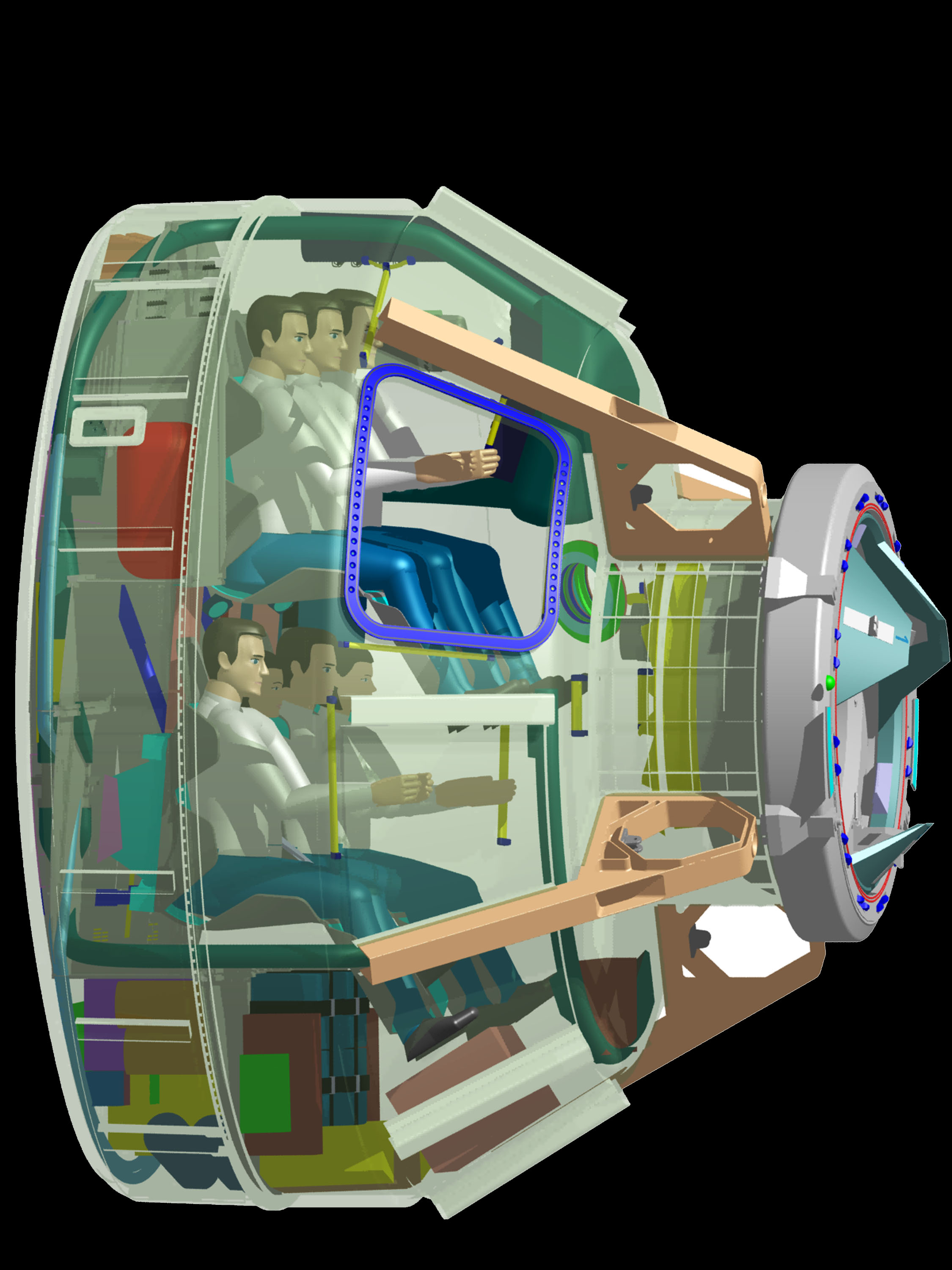Boeing's CST-100 Spacecraft

The CST-100 would carry up to seven people.

A schematic of the capsule docking with the ISS
Astronauts may travel to the ISS in capsules.
NASA awarded Boeing $92.3 million to develop space vehicles for frequent astronaut trips to the ISS.
The beginnings of the commercial space industry is like commercial air passenger service that started after the U.S. government funded airplanes to move the mail, according to Boeing Space Exploration Division Communications Manager Edmund Memi.
�We see the same model working for commercial crew development, with government investment starting the industry and ensuring its successful launch,� Memi said.
�The next American-flagged vehicle to carry our astronauts into space is going to be a U.S. commercial provider,� said Ed Mango, NASA�s Commercial Crew Program manager in a recent statement. �The partnerships NASA is forming with industry will support the development of multiple American systems capable of providing future access to low-Earth orbit.�
NASA officials also commented that they might be able to spur economic growth as potential new space markets are created.
With the first of the funding under the Commercial Crew Development Effort in February 2010, Boeing designed, built and tested a pressurized structure for the crew module, Memi said. The company also built an avionics system integration facility to support rapid prototyping and full-scale development.
Boeing's CST-100 spacecraft would comprise a crew module and service module capable of carrying seven people. It is also compatible with a variety of expandable launch vehicles. Dependent on NASA funding, Boeing plans to perform test flights in 2013 and 2014 and to be operational in 2015.
Boeing will provide its spacecraft to Bigelow Aerospace, which plans to build an orbital space station using inflatable habitat technology.
�We think the government model of trying to help the commercial space industry get off the ground is the right one,� Memi said.
Astronauts will travel to the International Space Station via Russian, European and Japanese spacecraft until the new vehicles are ready.
http://news.medill.northwestern.edu/chicago/news.aspx?id=185217
